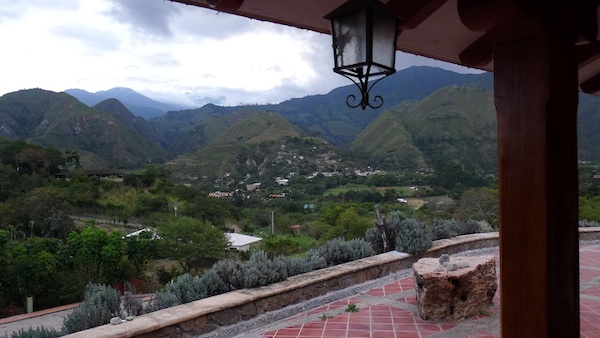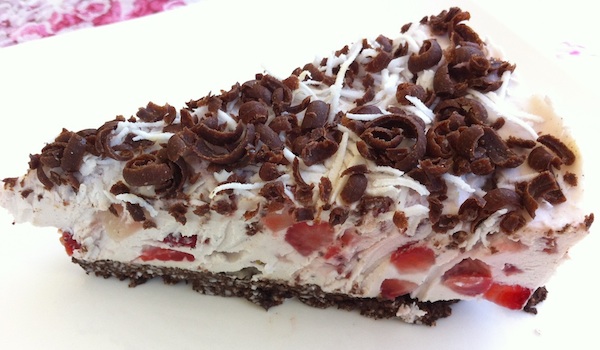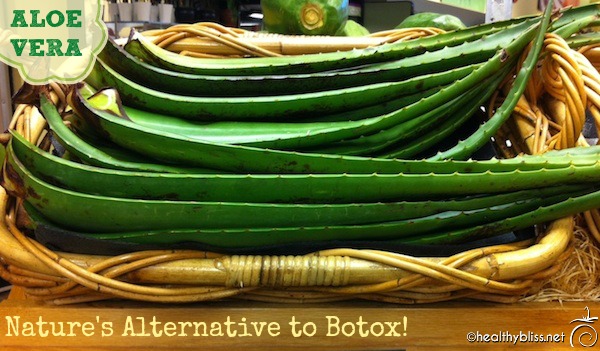Intermittent fasting – What’s the best way?
There’s a lot of information on intermittent fasting these days….but how do you decide which way is best? Find out the most popular ways to do it, and what I recommend after trying them all!

Intermittent Fasting – When How and Why
What is Intermittent Fasting?
Intermittent Fasting (or “IF”) is a term that began shortly after the Michael Mosley documentary Eat, Fast and Live Longer in 2012. The film looked at the health benefits of eating a calorie restricted diet. After the movie, people started trying Intermittent Fasting more and more, and the world of IF morphed into a life of its own. Intermittent fasting can be a number of things, but it’s an umbrella term for a length of time of non-eating vs. a length of time of eating. Basically, with IF, you’re going to skip a few meals somewhere along the way.
The Original 5:2 Method
The 5:2 diet essentially consists of eating 5 days per week and fasting 2 days per week. In Eat, Fast and Live, Mosley shared his experience with 5:2. It showed that even if he ate bad food during his 5 days of eating, he could fast for 2 days with good results: blood sugar and cholesterol levels improved AND he was able to lose weight too. This Original 5:2 diet quickly became the gospel of the UK. Pretty much every British client I had for Iridology or Health Coaching back then was on the 5:2.
Over time though, the cracks started to appear. The reality was that people couldn’t keep up with 5:2 in a fast-paced busy life. After a few months of losing weight, they would go off the fasting days completely and soon gain the weight back. One of the problems I saw with the 5:2 approach was this “Hey you can eat JUNK FOOD for 5 days a week, fast for 2 days and STILL lose weight” mentality. The problem was that no one was really working on good healthy eating habits AT ALL. It almost seemed too good to be true, and it was.
My Spin: 6:1 with a “7 to 7”
I was always a fan of the 6:1 IF approach. Way before the days of the 5:2 craze, I enjoyed the benefits of a 6:1 diet myself with good results. The nice thing about eating for 6 days and fasting for 1 day per week is that you can manage your life around it a lot more easily than a 5 and 2. If you’re going to do this as a lifestyle, you have to be practical and reasonable about it how you do it. No one can do an extreme fast or diet forever. Chances are if you start too extreme, you’re going to give up quickly and shoot back to an equal and opposite (bad) extreme after. I cannot tell you how many times I’ve seen that happen to people in the 20+ years I’ve been fasting.
Did you know if you fast for just one day a week, after seven years you will have fasted an entire YEAR of your life? That definitely adds up to some serious anti-aging, anti-inflammatory, reducing free radical damage and reversing of dis-ease in the body. Big healing points all around. But, you have to commit to doing it for SEVEN YEARS (and hopefully longer).
My favorite way to do a 6:1 is with a “7 to 7” rule. Once a week, I fast from 7PM to 7PM. I still get 24 hours of fasting, but I also get to eat every day. How does it work? So if my fasting day is Monday, I have my last meal on Sunday at 7pm. Then, I wake up on Monday and fast ALL DAY until 7pm. At 7pm, I break the fast with a light meal such as fresh fruit, a green smoothie or a fresh veggie salad. In my experience, the “7 to 7” version of a 6:1 diet is something that fits into a busy life. It can be done even you’re super busy and it works because you don’t have the stress or pressure of that FULL DAY of fasting looming over your head every week. Remember, we’re looking for long-term success. Anyone can fast for one day a week ONCE, but can they do it again and again and again over a period of real life events?
More extreme: OMAD
Eating One Meal A Day, better known as OMAD, has developed quite a following as of late. Within the world of OMAD there are many variations as well…depending on whether someone eats raw food, keto, paleo, low carb, high carb, smoothies, juices or other. I have my own theory as to why this method become popular which I will explain below.
I naturally gravitate to OMAD in summer months when it’s hot outside and the body seems to require less food anyway…at least that’s how it feels when it’s 30C or 85F+. Especially in the summer, I prefer to eat just once daily in the afternoon around 2-3pm when it’s too hot to work outside and well before the sun sets. In the morning I might have a piece of fresh fruit, a cucumber with salt or green juice around 10 or 11am, but nothing else until the mid-day meal. This approach helps to keep my energy levels up, and optimizes my work time since I can go outside again in late afternoon and work a few hours in the gardens until evening.
Hard Core: OMEOD or ADF
Intermittent Fasting doesn’t stop at OMADers… there is another group even more extreme called OMEOD (One Meal Every Other Day) or Alternate Day Fasting (ADF). OMEOD or ADF is exactly how it sounds – eating one day, fasting one day, eating one day, fasting one day – and of course there are many variations over the number of hours to fast and the types of food to eat. From what I can see the main purpose of this approach is to lose weight although there are some people who use it to reduce inflammation, histamine reactions, skin problems, digestive issues and joint and body pain.
I’ve tried OMEOD and while it may work for some, I personally don’t like it and I don’t think it works for a long-term approach to finding a healthy balance of fasting and eating. It’s like my body, mind and spirit feel perpetually confused by the “are we eating or fasting again” thing – back and forth and back and forth – and after a few days, my body and spirit feel more dizzy than grounded. It’s also very difficult to fit this schedule into a busy working life with real relationships.
Why are OMAD and OMEOD so popular then? My theory is that people feel better when they are not eating so they are looking at any and every way they can go back to not eating. It’s almost a survival instinct and it does make sense when you look at it like that. The real question is why do they feel bad from eating? Consider this: What if the food you are eating is contaminated with toxins and those toxins are creating your inflammation, pain, depression, histamine intolerance and general malaise? And what if those toxins, or heavy metals, are also in 100% certified organic food? One thing I can tell you is this: When you grow your own CLEAN food and it’s free of heavy metals, you WANT to eat every day. The body craves healthy fruit and vegetables. Of course, your body is naturally repelled by poison. If you are continually feeling better when you fast and constantly feeling bad when you eat, then it might be time to grow your own food.
Is Intermittent Fasting safe?
A lot of people worry about Intermittent Fasting in general – is it safe and can I do it? If you are pregnant or breast feeding, then any type of fasting is not for you. If you are diagnosed with a disease or on any medications, you should check with your medical doctor first. As with anything, if you start IF, start with baby steps. No need to jump to extremes straight away. You have your whole life to experiment with this, and that’s what makes it fun!
My experience: What works Best
Without a doubt, fasting is an amazing tool to use for health, healing and longevity. Especially for a good spiritual and physical reboot, I prefer longer fasts of 10 days or more. Ideally I try to do at least 2 long fasts a year (anywhere from 7 to 21 days and sometimes more). In terms of IF, what works best for me is to be flexible and adjust my fasting regimen to what’s happening in my lifestyle at that time. When I’m at home, I like to fast on Thursdays, once a week. I’ve tried other days and ways (I used to be a Monday faster) but I find Thursday fits well into my busy schedule and doesn’t affect my weekends. When I’m traveling, I make my travel day a fasting day. Why not? No need to worry about what to eat on the road and fasting seems to minimize any jet lag which is great. In summer, I tend to skip my 6:1 routine because our gardens are producing an abundance of food and who wants to fast a whole day then?! Ultimately, you need to find what works best for you and not force yourself into anyone else’s mindset. Don’t be afraid to try new or different variations. What’s most important is that YOU succeed and feel better as a result. When it’s right, you’ll know.
And after the fasting, put and equal focus and attention on eating well too! Ultimately, good health does not come from your fasting days; it comes from the healthy balance of eating and fasting.







For more on how to achieve your health goals and actually start feeling great, book a private health consult with me via Skype.
How to Book Your Health & Nutritional Coaching Session:
1. Take photos of your eyes with a smart phone or digital camera.
2. Email the photos to me for approval for Iridology Analysis.
3. We schedule a time to meet via phone or Skype!
More on Detox:
- Recipe: Raw Food Healing ‘Jamu’ or ‘Love’ Juice from Indonesia
- Day 17: Juice Fast Detox in Samui: from Strength to Strength
- Recipe: Fast & Easy Raw Food Salad…a delicious meal in minutes!
- My boyfriend followed my Raw Food Diet and got Anemia!
- Detox Juice Recipe
More on Skin Cleansing:
- Raw Detox Salad Recipe
- What’s the best detox retreat for raw food, yoga, juice & meditation in Thailand?
- Aloe Vera: Nature’s Alternative to Botox!
- 3 BEST Detox Bath Recipes to help release toxins
- What is ringworm, how you get it and how to treat it naturally
More on Liver Cleansing:













































































Follow Jennifer